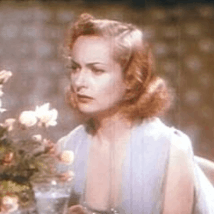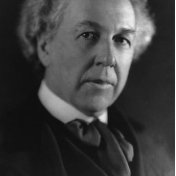
I’ll have a new book coming out a year from now. Titled Face in the Mirror: A Surgeon, a Patient, and a Second Chance at Life, it tells the story of Andy Sandness, a young man who underwent a face transplant at the Mayo Clinic in 2016. The publisher is Mayo Clinic Press.
The book’s forthcoming release has me thinking about book talks, radio and podcast interviews, and all the other ways authors get word out about a new book. I’ve been remembering an odd phenomenon I noticed after the publication of my last book.
Often, at public readings or events, someone in attendance would refer to my work as a novel, even though it was clearly a nonfiction book. When that happened, I would correct the person who misspoke and say that I write factual books only and do not make up anything.
Many times, that approach left the other person looking confused, and I did not know why. Later I realized that a segment of the reading public refers to all books, fictional or factual, as novels. If its pages are bound between covers, a book is a novel regardless of its content.
This time around, I’ll ignore the misappellation. Readers will understand that what’s in Face in the Mirror cannot be invented.
Do you know someone who loves history as a writer or reader? Please direct that person to this link to subscribe to Damn History, my free monthly newsletter for readers and writers of popular history. It offers links to notable recent popular-history writing, resources, and updates on my own work.

There’s Gold in That Medicine
Gold has real medicinal value. It is used in implanted devices like pacemakers, and of course in dental work. Some people believe a controversial liquid suspension called colloidal gold may have…
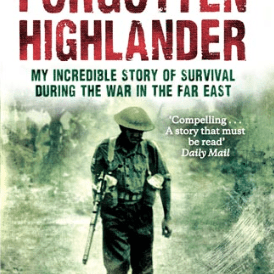
The Forgotten Highlander: A Book That Slipped between the Cracks
Nearly two years ago, I reviewed The Forgotten Highlander, a World War II POW survival narrative by Alistair Urquhart. I expected the book to receive much more attention than it did,…
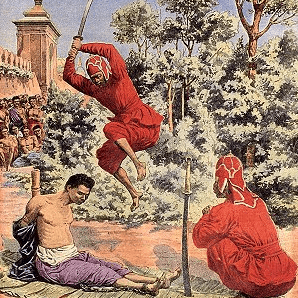
Four More Top History Blogs
A while back, I wrote about several history blogs that I enjoy reading. I promised to return with the work of more exemplary history bloggers (or in some cases teams of…
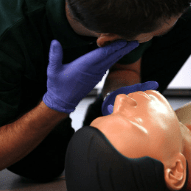
Resuscitation for the Masses: How the Invention of CPR Shifted the Line between Life and Death
In 1960, the Journal of the American Medical Association published a manuscript credited with saving more lives than any other medical article of the previous hundred years.CPR training using a life-saving mannequin…
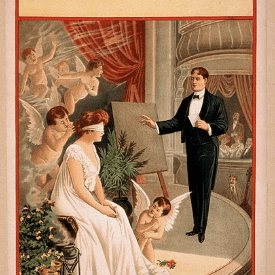
An Interview with a Stage Hypnotist
Last month, I posted the first in a series of short essays adapted from an article on hypnotists and hypnotism that I wrote for (but was never published in) Harper’s magazine several years ago.…
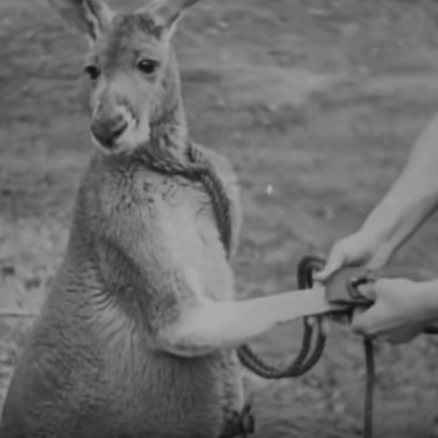
The Case of the Boxing Kangaroo
I’ll be posting sparingly over the next week or two, but I wanted to let you know about a contributing gig I now have with the wonderful history blog Wonders…
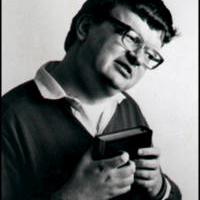
Savants in the News
Last month I wrote a post on my experiences with Max Weisberg, a mentally disabled savant who put his numerical talents to work as a sports bookmaker. I’ve long been interested in…
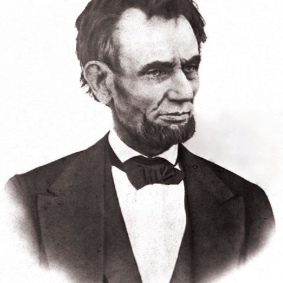
Did Abraham Lincoln Have Ataxia?
Recent research suggests that the U.S. President may have suffered from this mysterious neurological disease. For nearly twenty years, people who have a kinship to Abraham Lincoln have been gathering…
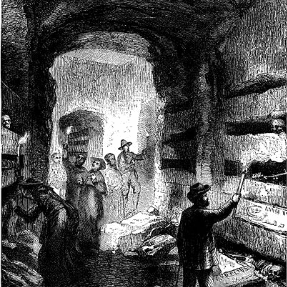
Important Historical Finds in Attics and Basements
My research for the book I’m currently writing, The Nazi and the Psychiatrist, relies on a large collection of medical records, letters, artifacts, and clippings that sat undisturbed for more than…
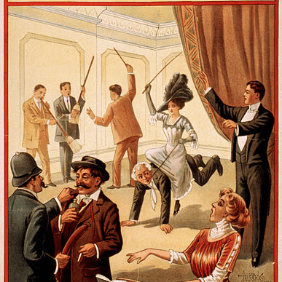
At a Convention of Hypnotists
This past weekend, The Guardian of London published an excellent article by Vaughan Bell on the resurgence of hypnotism in the treatment of a variety of behavioral disorders. The report reminded me of an article I…
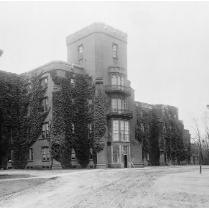
The Power of Narratives: A Tale of Lobotomist and Patient
Sometimes I find that a tale does not belong in a book or article I am writing, but it is too good to forget. This is one such example. On…
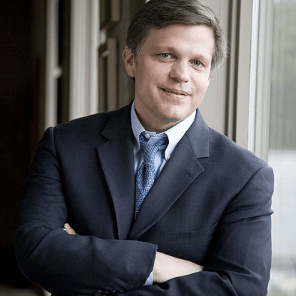
Amateur Historians in the News
While I was researching my book The Lobotomist, one of my most valuable resources was a lanky and slow-moving man who granted me interviews in the book-filled living room of his…
- « Previous
- 1
- 2
- 3
- 4
- Next »
